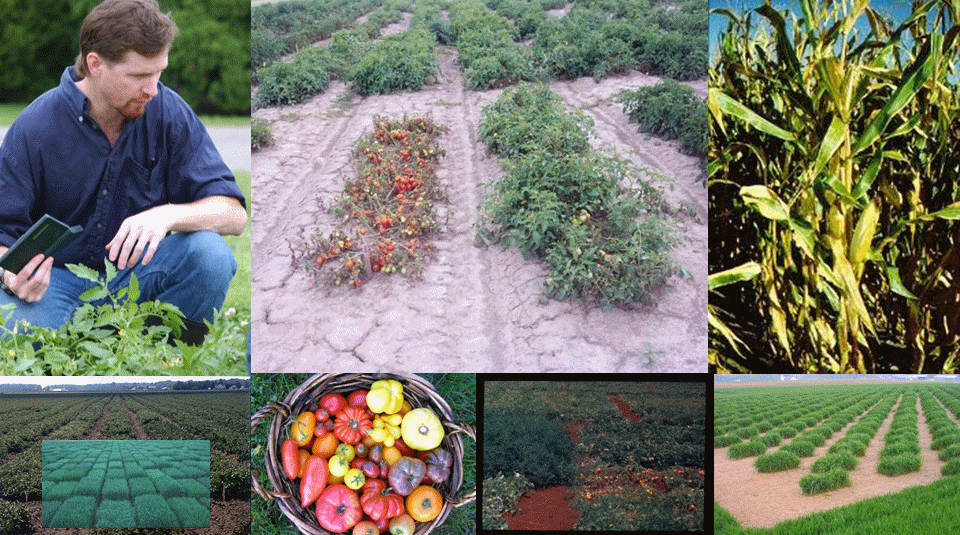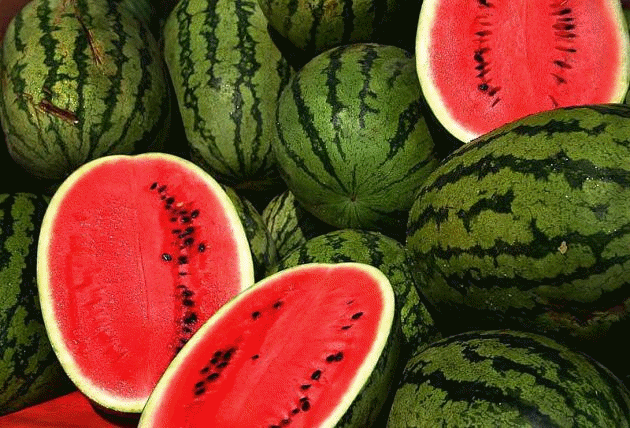 Crop improvement programme
Crop improvement programme
Crop improvement consisted mostly of selecting good quality seeds, which were healthy and resistant to diseases and give a very good crop.
Such seeds were planted, and from the plants, which grew, again good quality seeds were selected. This process continued. This method, however, offered no way to transfer desirable characteristics from one plant population to another.
 Improved variety of water melon
Watermelons suffer large yield losses due to many pests and diseases and it is hoped that new genetic research can be used to improve varieties to make them less susceptible to pathogens.
Improved variety of water melon
Watermelons suffer large yield losses due to many pests and diseases and it is hoped that new genetic research can be used to improve varieties to make them less susceptible to pathogens.
Later high–yielding crop varieties are developed by scientists (plant breeders) by changing the genetics of plants for the benefit of humankind. In the twentieth century, plant–breeding programs have had a tremendous beneficial impact on our food supply. These programs have produced many new superior varieties for almost all cereal, vegetable, fruit and ornamental crops. Crop improvement through breeding now forms the backbone of modern agriculture. Some of the improved high–yielding crop varieties, which our scientists have developed are given in table.
| Crop | Variety |
|---|---|
| Rice | IR–8, Jaya, Padma, Bala |
| Wheat | Sarbati sonara, Sonalika, Kalyan sona, Hira–moti, RR–21 and UP 301. |
| Maize | Ganga 101, Rankit and Deccan hybrid. |
| Lady's finger (Bhindi) | Pusa savani |
| Brinjal | Pusa purple, Pusa kranti and Muktabeshi |